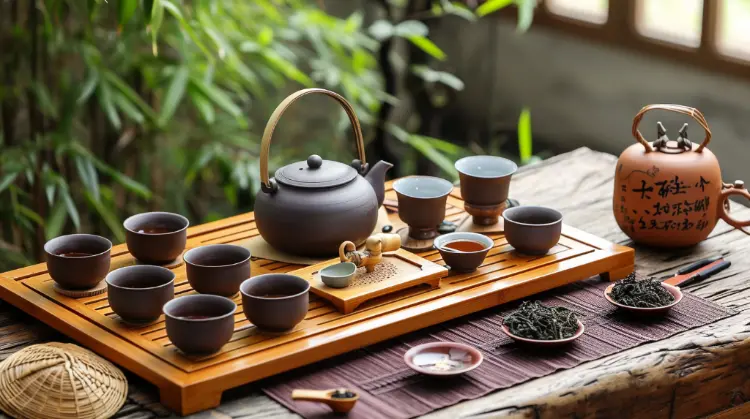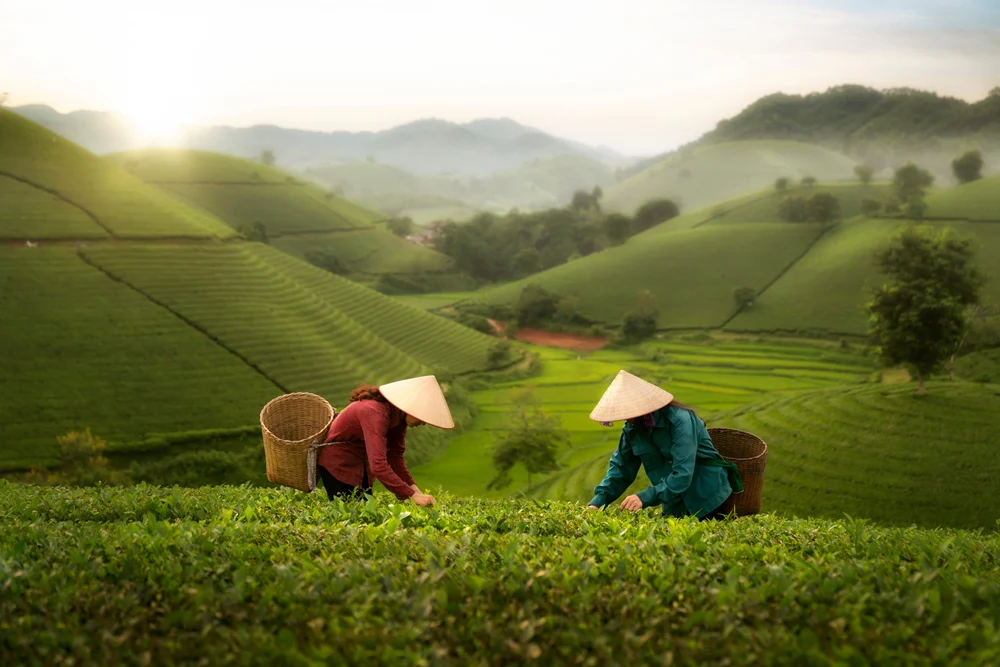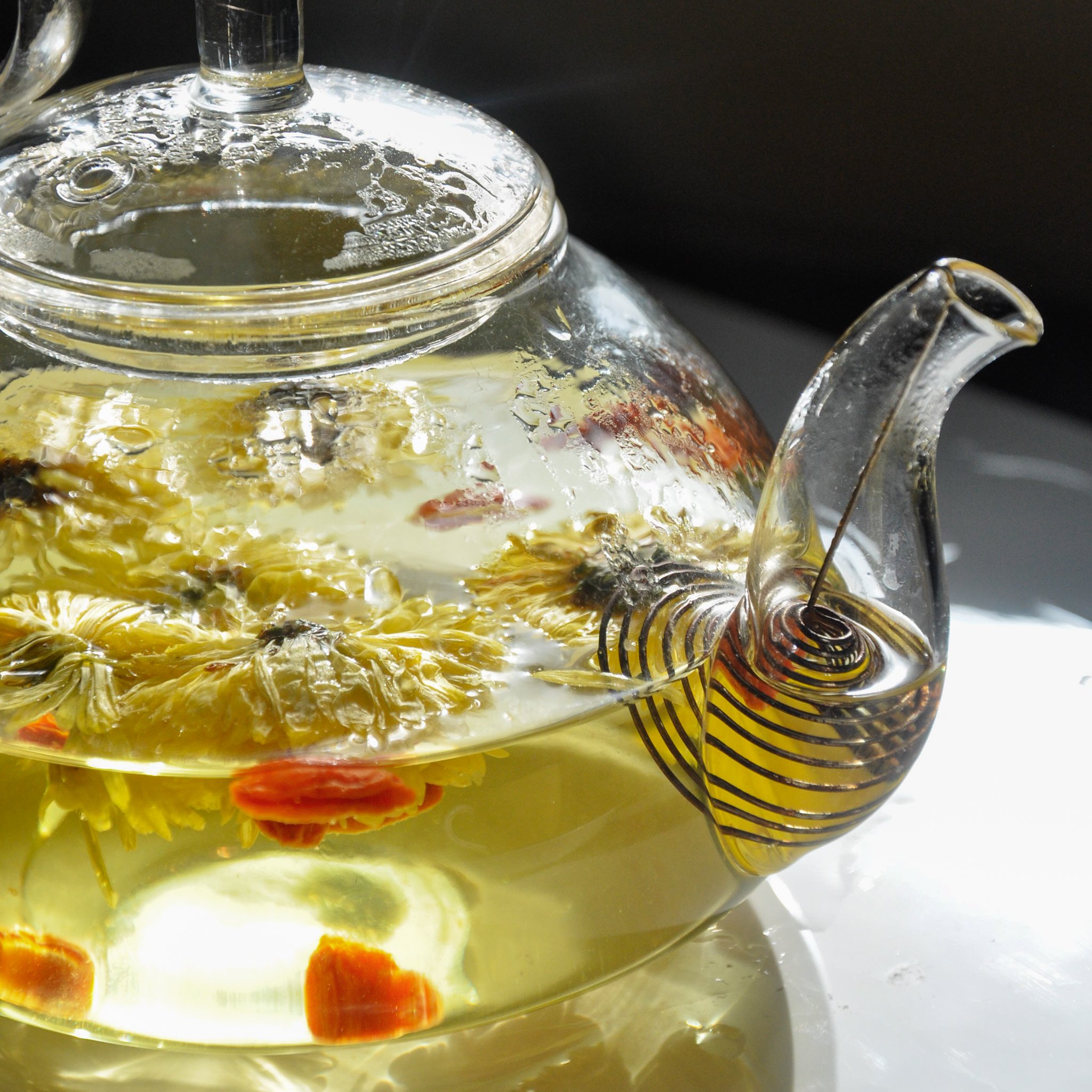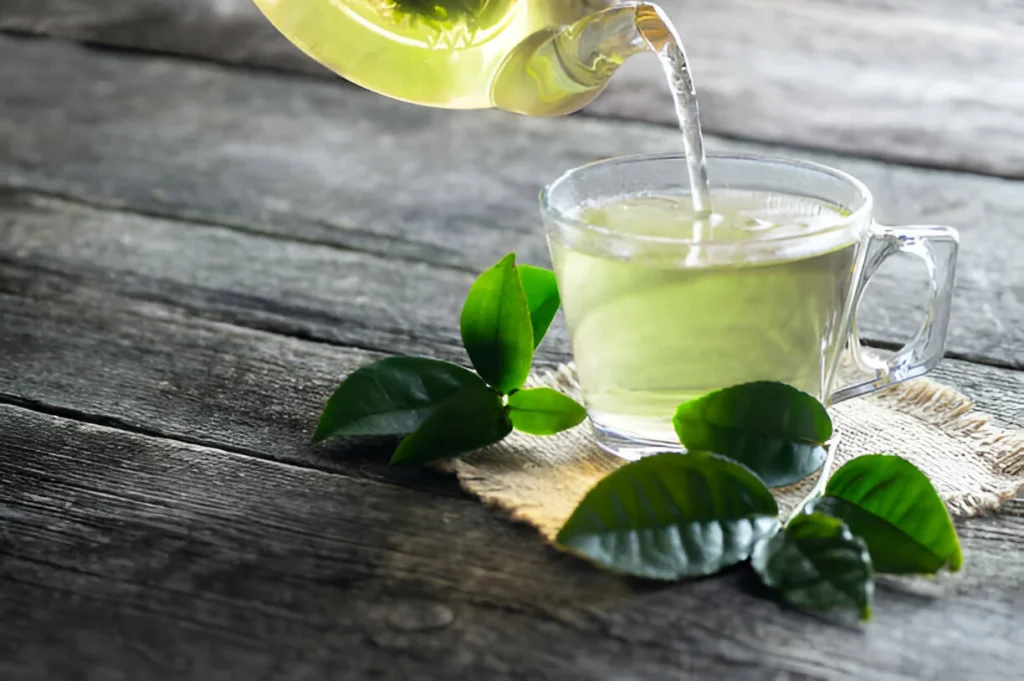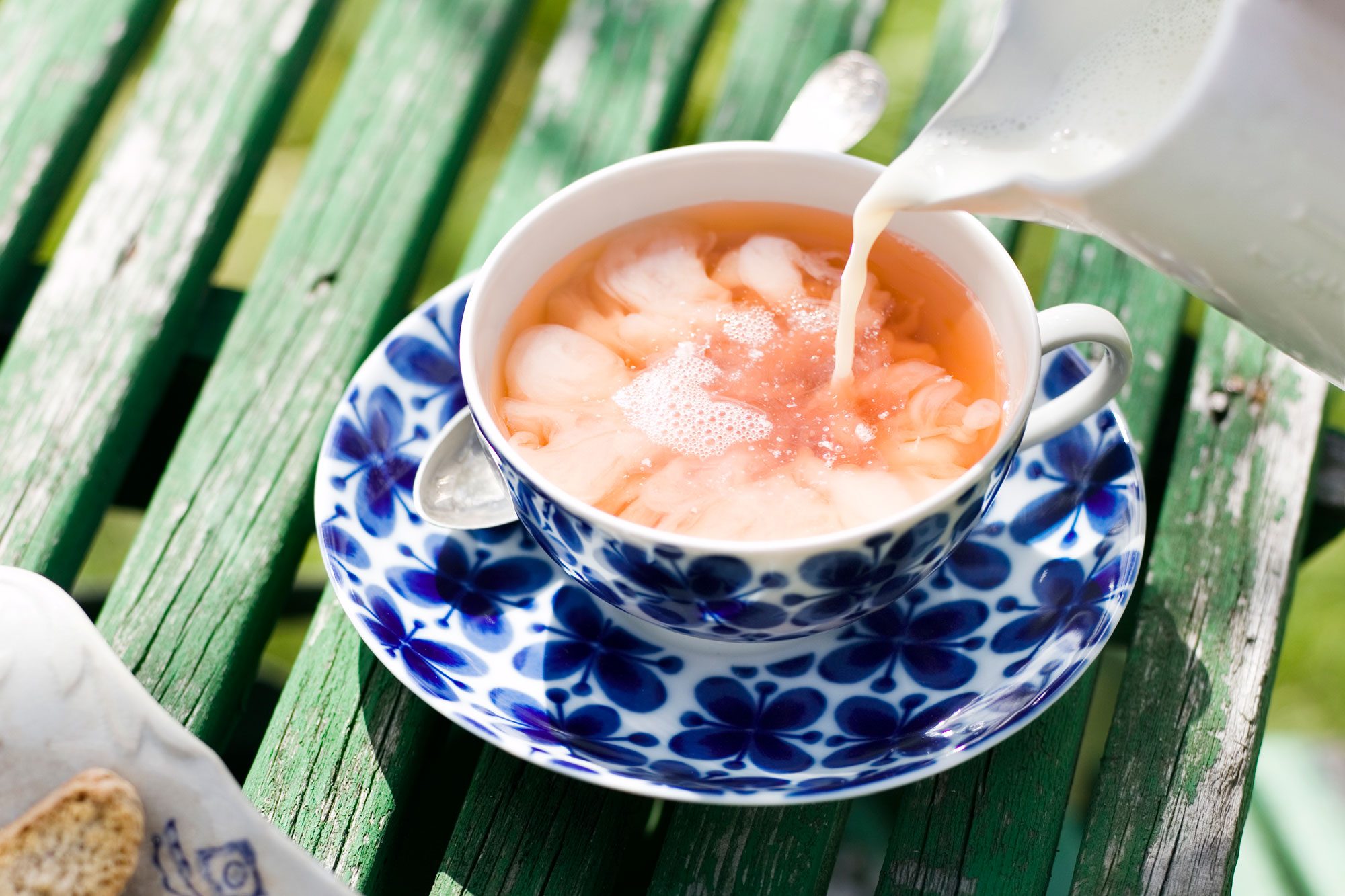Step-by-Step Guide to Mastering the Gongfu Tea Ceremony
The Gongfu tea ceremony, originating in China, is a traditional method of brewing tea that emphasizes precision, skill, and mindfulness. “Gongfu” translates to “with skill,” and this approach brings out the full flavor and complexity of high-quality teas like oolong, pu-erh, and green teas. Here’s a comprehensive guide to mastering the Gongfu tea ceremony.
Essential Equipment
To perform the Gongfu tea ceremony, you’ll need the following items:
- Tea (Loose-Leaf or Compressed):
- High-quality tea with whole leaves, such as oolong, pu-erh, or green tea, is ideal.
- Gaiwan (Lidded Bowl) or Small Teapot:
- A gaiwan allows for precise brewing and control of steeping.
- Fairness Cup (Cha Hai):
- Used to decant tea from the gaiwan or teapot to ensure consistent strength before serving.
- Tea Cups:
- Small cups, typically one for each guest, allow for appreciating the tea’s aroma and flavor in small sips.
- Tea Tray:
- A wooden or bamboo tray with a drainage system to catch spills during the ceremony.
- Tea Tools (Optional):
- Tools like a tea scoop, tea tongs, and a tea strainer for handling leaves and pouring.
- Kettle:
- A kettle with adjustable temperature settings is ideal for precise water heating.
- Tea Pet (Optional):
- A small clay figurine symbolizing good fortune, often “fed” with the first rinse of tea.
- Water Pitcher:
- For rinsing the teaware and discarding the initial rinse of tea.
Step-by-Step Technique
1. Prepare Your Space
- Choose a quiet, clean environment to minimize distractions.
- Arrange your equipment on the tea tray for easy access.
- Boil fresh water in your kettle and adjust it to the recommended temperature for your tea type:
- Green tea: 65–85°C
- Oolong tea: 85–95°C
- Pu-erh tea: 90–100°C
2. Warm and Clean the Teaware
- Pour hot water into the gaiwan or teapot, fairness cup, and drinking cups.
- Swirl the water to warm the vessels, then discard the water into the tea tray or a waste bowl.
- This step cleanses the teaware and ensures that the tea stays warm during brewing.
3. Measure the Tea Leaves
- Use a tea scoop or your hands to measure the tea.
- For a typical gaiwan (120 ml), use 5–8 grams of tea leaves. Adjust based on personal preference and tea type.
- Place the tea leaves into the gaiwan or teapot.
4. Rinse the Tea
- Pour hot water over the tea leaves and immediately discard the first rinse.
- This step “wakes up” the tea, removes any dust from processing, and primes the leaves for brewing.
- Use this rinse to “feed” a tea pet, if you have one.
5. Brew the Tea (Main Infusion)
- Add Water:
- Pour hot water into the gaiwan or teapot over the tea leaves.
- Steep:
- Cover the gaiwan or teapot and steep for a short time (typically 10–30 seconds, depending on tea type).
- Pour:
- Pour the brewed tea into the fairness cup to mix the infusion evenly.
- Distribute the tea from the fairness cup into the small drinking cups.
6. Serve the Tea
- Serve the tea to your guests or enjoy it yourself.
- Encourage slow, mindful sipping to appreciate the tea’s aroma, flavor, and texture.
7. Repeat Infusions
- Reuse the same tea leaves for multiple infusions.
- Increase the steeping time slightly with each subsequent infusion (e.g., add 5–10 seconds per brew).
- Most high-quality teas can provide 5–10 infusions, each revealing unique flavor nuances.
Tips for Perfecting the Ceremony
- Mindfulness:
- Treat the ceremony as a meditative practice. Focus on the tea’s aroma, color, and taste.
- Adjust Water Temperature:
- Use lower temperatures for delicate teas like green tea and higher temperatures for robust teas like pu-erh.
- Experiment with Timing:
- Play with steeping times to find the flavor balance you prefer.
- Appreciate the Aroma:
- Smell the tea leaves before brewing and between infusions to notice how the aroma evolves.
- Share the Experience:
- Involve your guests by discussing the flavors and sensations of the tea.
Common Gongfu Tea Ceremony Mistakes
- Oversteeping:
- Can lead to bitterness. Always err on the side of shorter steeping times.
- Using Poor-Quality Tea:
- High-quality tea leaves are essential for a good Gongfu experience.
- Skipping the Rinse:
- Essential for enhancing flavor and cleaning the leaves.
- Incorrect Water Temperature:
- Too hot or too cold water can affect the tea’s flavor profile.
Conclusion
Mastering the Gongfu tea ceremony is a journey that enhances your appreciation for tea. By combining precision, mindfulness, and quality ingredients, this practice elevates tea drinking into an art form. Whether you’re enjoying tea solo or sharing it with friends, the Gongfu method allows you to fully experience the richness and complexity of fine teas. With practice, each step becomes a seamless and rewarding ritual.
